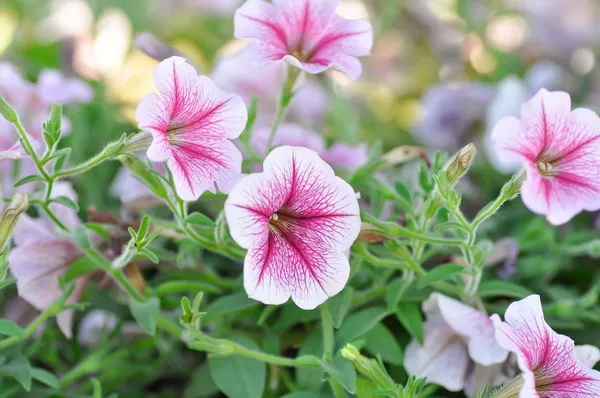Artichokes, those delectable green globes adorning our plates with their tender hearts, are celebrated for their culinary versatility. Yet, beyond their culinary charm, artichokes boast an equally captivating visual appeal through their enigmatic flower. In this article, we delve into the fascinating world of the artichoke flower, exploring its appearance, anatomy, cultivation, and historical significance.
1. The Appearance of the Artichoke Flower
The artichoke flower is a botanical masterpiece, characterized by a strikingly unique appearance. It begins as a tightly packed bud resembling a pinecone, but as it matures, it undergoes a stunning transformation. The outermost layers of the bud gradually separate, revealing a cluster of tender, purple-tipped bracts, often referred to as “scales.” These bracts radiate outward from a central heart, creating an intricate, floral-like structure that resembles a celestial burst of color. The artichoke flower’s vivid, purplish hue contrasts beautifully with the deep green leaves that envelop it.
2. Exploring the Inner Beauty of the Artichoke Flower
To truly appreciate what an artichoke flower looks like, one must delve into its innermost layers. Nestled within the heart of the flower lies the choke, a fuzzy mass of fine, hair-like filaments, which, when consumed, can be an unpleasant experience. However, the true prize of the artichoke is the meaty, succulent base of the bracts, known as the heart. This delectable portion, surrounded by the flavorful bracts, is a delicacy renowned for its rich taste and tender texture.
3. Exploring Varieties of the Artichoke Flower
When pondering what an artichoke flower looks like, it’s important to note that artichoke varieties can exhibit subtle differences in appearance. While the classic green globe artichoke is most familiar, there are variations in color and size. Some cultivars produce artichokes with deep purple or violet hues, while others yield smaller, more compact flowers. These variations in color and size offer gardeners and enthusiasts an array of choices when selecting artichoke varieties to cultivate or appreciate for their aesthetic appeal.
4. Historical Significance: Artichokes in Culture and Art
Throughout history, the artichoke flower has captivated the imagination of artists, poets, and food enthusiasts alike. In the realm of art, the artichoke has served as a symbol of intrigue and sensuality. It has been featured in still-life paintings, where its intricate layers and vibrant colors make it a compelling subject. Additionally, the artichoke’s association with indulgence and luxury has made it a frequent motif in culinary art, gracing the covers of cookbooks and adorning the finest dining tables.
In culture, the artichoke has been embraced for its distinctive appearance and delicious flavor. It has held a prominent place in Mediterranean cuisine for centuries, particularly in regions such as Italy and France, where it is a beloved ingredient in dishes like artichoke hearts with garlic and olive oil. The artichoke’s allure extends beyond the kitchen; it has been celebrated in folklore, literature, and even ancient rituals as a symbol of fertility and abundance.
5. From Field to Plate: The Journey of the Artichoke Flower
While understanding what an artichoke flower looks like is a captivating endeavor, it’s equally important to recognize the journey of this remarkable plant from field to plate. Artichokes undergo a meticulous harvesting process, where the buds are carefully selected at their peak ripeness. Once harvested, they are prepared for culinary use, with the outer bracts trimmed and the choke removed to reveal the prized heart. Whether steamed, roasted, grilled, or incorporated into a variety of dishes, the artichoke heart remains the culinary star.
6. Beyond the Edible: The Artichoke Flower as Ornamental Decor
Beyond its culinary utility and cultural significance, the artichoke flower’s mesmerizing appearance has earned it a place in ornamental gardens. Gardeners and horticulturists have recognized the artichoke’s potential as a striking and unconventional addition to landscapes. Its sculptural form and vibrant color make it an eye-catching focal point, whether in a formal garden bed or a whimsical cottage garden. As an ornamental plant, the artichoke flower adds a touch of whimsy and intrigue to outdoor spaces, showcasing its beauty even before the bud fully opens.
Conclusion
In conclusion, the artichoke flower is a botanical wonder that delights the senses with its captivating appearance, rich history, and culinary excellence. Its striking transformation from a tightly closed bud to a vibrant, intricate display of purple-tipped bracts is a testament to the beauty found in nature’s diversity. Whether admired in the garden, on a canvas, or on a plate, the artichoke flower continues to enchant and inspire, inviting us to explore its alluring world and savor its delightful flavors.


